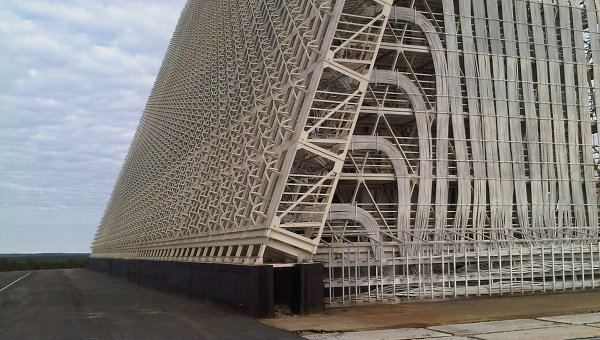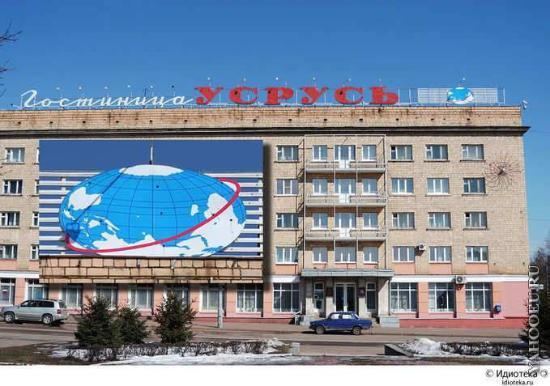Area 74 km² Mayor Vladimir Zhilkin | Founded 1669 | |
 | ||
Map of Usolye-Sibirskoye
Usolye-Sibirskoye (Russian: Усолье-Сибирское; [ʊˈsolʲjə sʲɪˈbʲirskəjə]) is a town in Irkutsk Oblast, Russia, located on the left bank of the Angara River. Population: 83,327 (2010 Census); 90,161 (2002 Census); 106,496 (1989 Census).
Contents
- Map of Usolye Sibirskoye
- History
- Administrative and municipal status
- Economy and infrastructure
- Sister city
- References

History

It was founded in 1669 under the name Usolye, an archaic Russian word for a salt producing town, by Mikhalevs brothers, the Cossacks who had discovered salt deposits in a nearby spring.
The Siberian Route was built through the town in the 18th century, followed in the late 19th century by the Trans-Siberian Railway.
Town status was granted to it in 1925. The town's name was given the extension Sibirskoye (Siberian) in 1940, to differentiate from the town of Usolye in the Kama River region.
From 1947 until 1953, the town hosted a prison camp of the gulag system.
Administrative and municipal status
Within the framework of administrative divisions, it is incorporated separately as the Town of Usolye-Sibirskoye—an administrative unit with the status equal to that of the districts. As a municipal division, the Town of Usolye-Sibirskoye is incorporated as Usolye-Sibirskoye Urban Okrug.
Until November 2016, Usolye-Sibirskoye served as the administrative center of Usolsky District, even though it was not a part of it.
Economy and infrastructure
Ever since its inception, the main industry of the town has been salt-mining. The opening of a major mine in 1956 saw the town become Russia's largest producer of table salt, as well as the development of related chemical industries such as Usolyekhimprom.
There is also heavy machinery assembly, including mining equipment produced by the company Usolyemash.
The town has a station on the Trans-Siberian Railway, it is also located on the highway from Novosibirsk to Irkutsk.
A tram network has operated in the town since the 1960s, originally funded by the salt mine.
